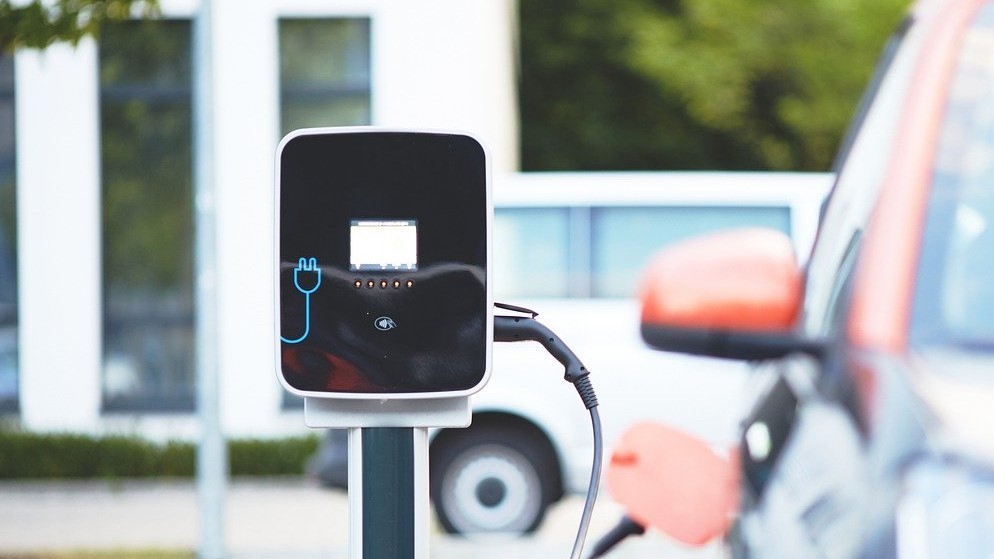In Germany, 142,857 new electric vehicles were registered in the first quarter. The number thus almost tripled compared with the same period of the previous year (plus 172 percent). The share of the overall market rose to 22 percent. This included 64,694 battery-powered electric cars (up 149 percent) and 78,047 plug-in hybrids (up 195 percent). In addition, there were 116 new fuel cell passenger cars.
In March, 65,760 new e-vehicles hit the roads. This means that new electric vehicle registrations in March were up 233 percent, even more than in January and February. This is all the more remarkable given that March 2020 was already very strong.
Reinhard Zirpel, President of the Association of International Motor Vehicle Manufacturers (VDIK), emphasized: “While the passenger car market was historically weak in the first quarter, e-vehicles remained clearly on course for growth. More than one in five new cars was an e-car or plug-in hybrid. We are therefore adjusting our previous forecast: For this year, the VDIK expects around 700,000 newly registered e-vehicles – always assuming that overall passenger car sales are not subject to further restrictions.”
The VDIK regularly updates the list of electric vehicles from international manufacturers. The VDIK member companies currently offer around 120 electric models (passenger cars and commercial vehicle models) that customers can order in Germany. The VDIK electric list can be accessed here.
Demand for vehicles with alternative drives increased overall in the first quarter. 246,690 new electric cars, hybrids with and without plugs, mild hybrids and gas-powered passenger cars were registered. The number thus more than doubled (up 109 percent). In March, 112,645 new vehicles with alternative powertrains were registered (up 184 percent).
In the overall passenger car market, the weighting continues to shift in the direction of alternative drive systems. In the first quarter, they accounted for 38 percent of the total market. Gasoline engines also accounted for 38 percent. Only one in four new cars is a diesel (24 percent).
| March | January – March | |||||
|---|---|---|---|---|---|---|
| +/- (%) | +/- (%) | Share of total car market | ||||
| BEV | 30,101 | 191 | 64,694 | 149 | ||
| PHEV including: |
35,580 | 277 | 78,047 | 195 | ||
| PHEV – Petrol | 32,423 | 286 | 70,741 | 203 | ||
| PHEV – Diesel | 3,157 | 211 | 7,304 | 139 | ||
| FCEV | 79 | 144 | 116 | 100 | ||
| Electric Vehicles (total) | 65,760 | 233 | 142,857 | 172 | 22 | |
| HEV including: |
45,640 | 136 | 101,326 | 61 | ||
| HEV – Petrol | 29,334 | 137 | 62,982 | 53 | ||
| HEV – Diesel | 16,306 | 136 | 38,343 | 75 | ||
| CNG | 571 | 13 | 1,206 | -44 | ||
| LPG | 674 | 722 | 1,301 | 635 | ||
| Alternative Drivetrains (total) | 112,645 | 184 | 246,590 | 109 | 38 | |
| Petrol | 115,174 | 7 | 251,585 | -30 | 38 | |
| Diesel | 64,518 | -5 | 158,163 | -29 | 24 | |
Glossar
Elektrofahrzeuge: BEV, PHEV und FCEV
BEV, Batterieelektrisches Fahrzeug, engl: Battery Electric Vehicle
PHEV, Plug-In-Hybrid, engl: Plug-In Hybrid Electric Vehicle
FCEV, Brennstoffzellenfahrzeug / Wasserstofffahrzeug, engl.: Fuel Cell Electric Vehicle
HEV, Hybride ohne Stecker bzw. nicht aufladbar, engl.: Hybrid Electric Vehicle
CNG, Gasförmiges Erdgas, engl: Compressed Natural Gas
LPG, Flüssiggas bzw. Autogas, engl: Liquified Petroleum Gas




